Executive Summary:
President Donald Trump brushed off Vladimir Putin’s public defiance of newly announced U.S. sanctions, saying the real test will come over several months. The exchange highlights a familiar sanctions struggle: Washington tightens restrictions; Moscow signals resilience; and the outcome hinges on enforcement, evasion, and time.
A measured White House response, a defiant Kremlin message
In his brief comment—“I’ll let you know about it in six months… let’s see how it all works out”—Trump essentially acknowledged how sanctions tend to function. They rarely produce instant results. Putin, for his part, has repeatedly cast Western sanctions as ineffective and framed Russia’s economy as adaptable, a message aimed at reassuring Russians and signaling resolve abroad. The newly announced measures fit into a decade-long campaign by the United States and its allies to constrain Russia’s revenues and access to advanced technology, most notably since the 2014 annexation of Crimea and the full-scale invasion of Ukraine in 2022. In practical terms, recent U.S. and European packages have tightened curbs on dual‑use technology, targeted banks that facilitate military procurement, and aimed at the “shadow fleet” moving Russian oil outside the G7 price cap.
Sanctions operate on a lag
Trump’s six‑month timeline is not arbitrary. Sanctions tend to bite through second‑order effects: banks take time to adjust compliance; traders unwind contracts; intermediaries in third countries reassess risk; and enforcement actions build case by case. We have seen this pattern before. When the G7 began enforcing the oil price cap more aggressively, Russian export revenues did not fall overnight; they dipped as shipping and insurance costs rose, older tankers were detained or blacklisted, and discounts on Russian crude widened. Similar lags show up in technology denial. Microelectronics, machine tools, and aerospace components often keep flowing via trans‑shipment hubs until regulators identify and shut those pathways. The result is cumulative rather than immediate pressure. That is why U.S. and European officials increasingly pair new designations with warnings to foreign banks and logistics firms: the threat of secondary sanctions can be as consequential as the listings themselves.
How Moscow adapts—and where it still hurts
Russia has adapted in visible ways. Trade has tilted toward Asia and the Middle East; Chinese and other non‑Western brands have replaced many Western goods; and a wartime fiscal surge has boosted headline growth even as the economy becomes more militarized. Oil still moves, often on older tankers with opaque ownership; components still reach factories through intermediaries in Central Asia, the Caucasus, and the Gulf. Yet adaptation has costs and limits. Workarounds typically mean higher prices, longer lead times, and inconsistent quality—problems that matter when you are producing missiles, drones, and armored vehicles at scale. Civil aviation remains a persistent vulnerability because modern fleets rely on sanctioned parts and software. High defense spending has propped up output but also strained labor markets and stoked inflation, while the ruble’s bouts of volatility have eroded purchasing power. The big picture, as multilateral lenders and independent economists have noted, is an economy that can function under sanctions but pays a premium to do so, with growing dependence on a few external partners for households an
For ordinary people, sanctions rarely feel like a headline—they show up as pricier groceries, fewer flight options, or delays for essential parts and medicines. Most sanctions programs include humanitarian carve‑outs for food and medical supplies, but over‑compliance by banks and shippers can still slow legitimate trade. Outside Russia, consumers have already lived through energy‑price swings linked to the war and sanctions, and shipping insurance costs can ripple into global freight rates. Businesses from Istanbul to Dubai to Almaty face tougher compliance checks, as regulators scrutinize re‑exports of chips, sensors, and machine tools. Ukrainian civilians, meanwhile, experience the stakes most directly: the core purpose of these measures is to reduce Russia’s capacity to fund and arm its war.
Over the next half‑year—the window Trump referenced—watch the indicators that tend to move first. Are more tankers tied to Russia detained, uninsured, or reflagged? Do discounts on Russian crude widen again as enforcement tightens? Do banks in key trans‑shipment hubs restrict Russian‑linked transactions to avoid secondary sanctions? Do customs data from intermediary countries show a drop in dual‑use goods heading to Russia? And inside Russia, do inflation and labor shortages persist despite high defense spending? Those signals, more than the rhetoric on either side, will show whether this latest sanctions round is reshaping the battlefield economics behind the war.



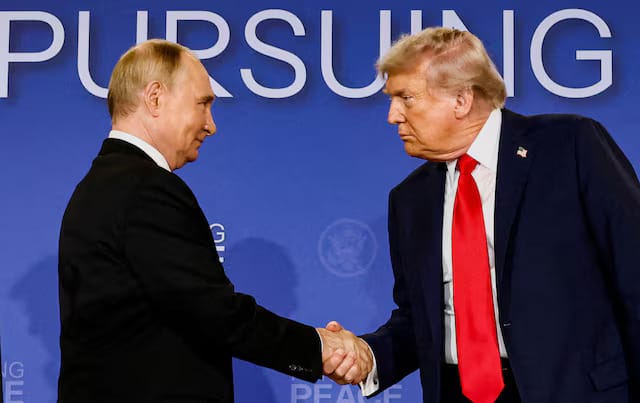
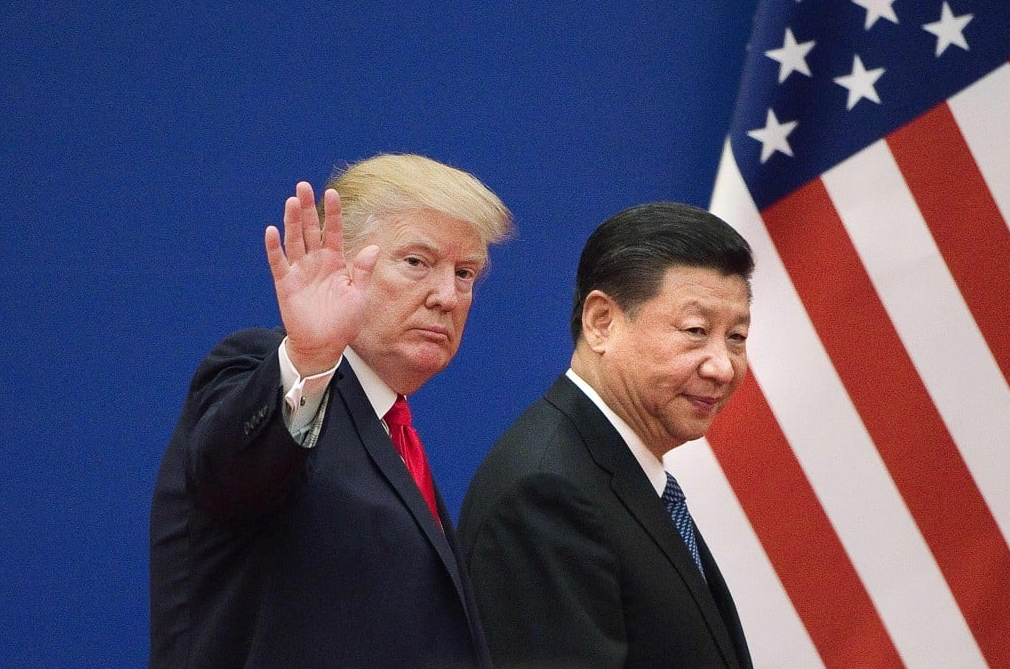

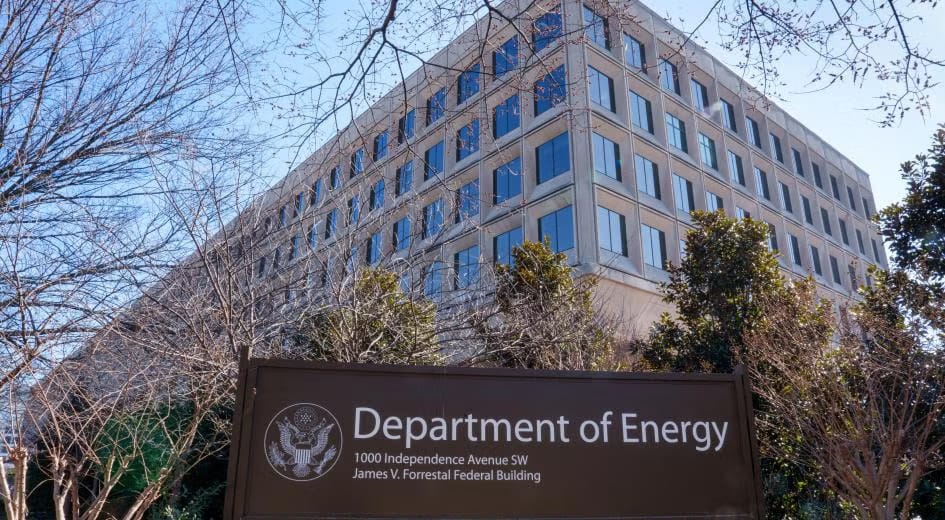
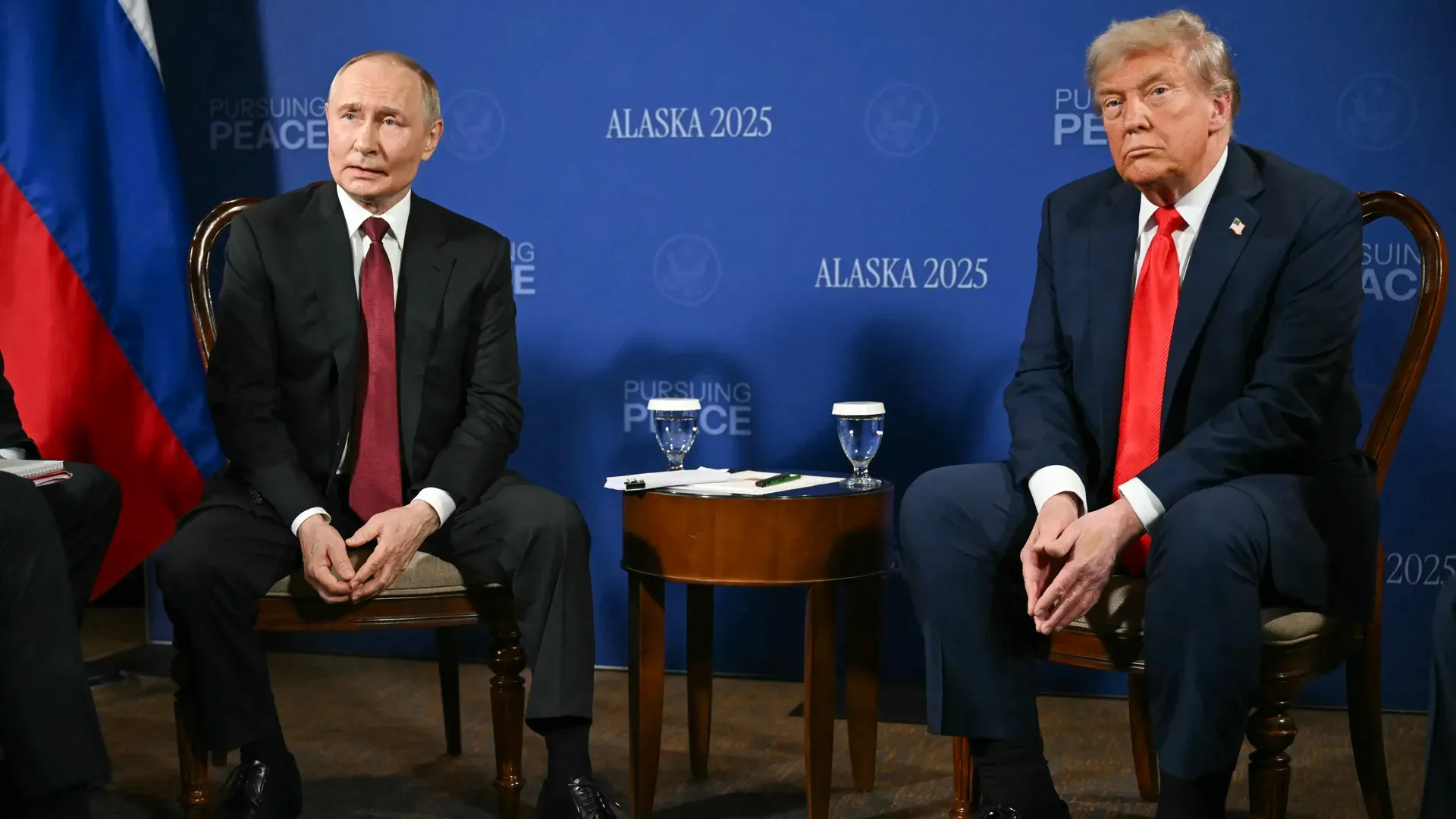
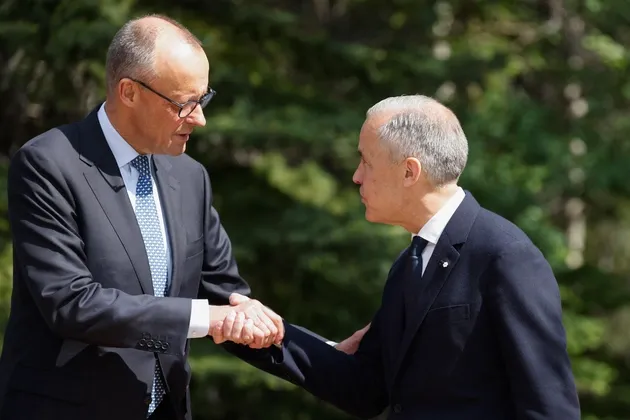
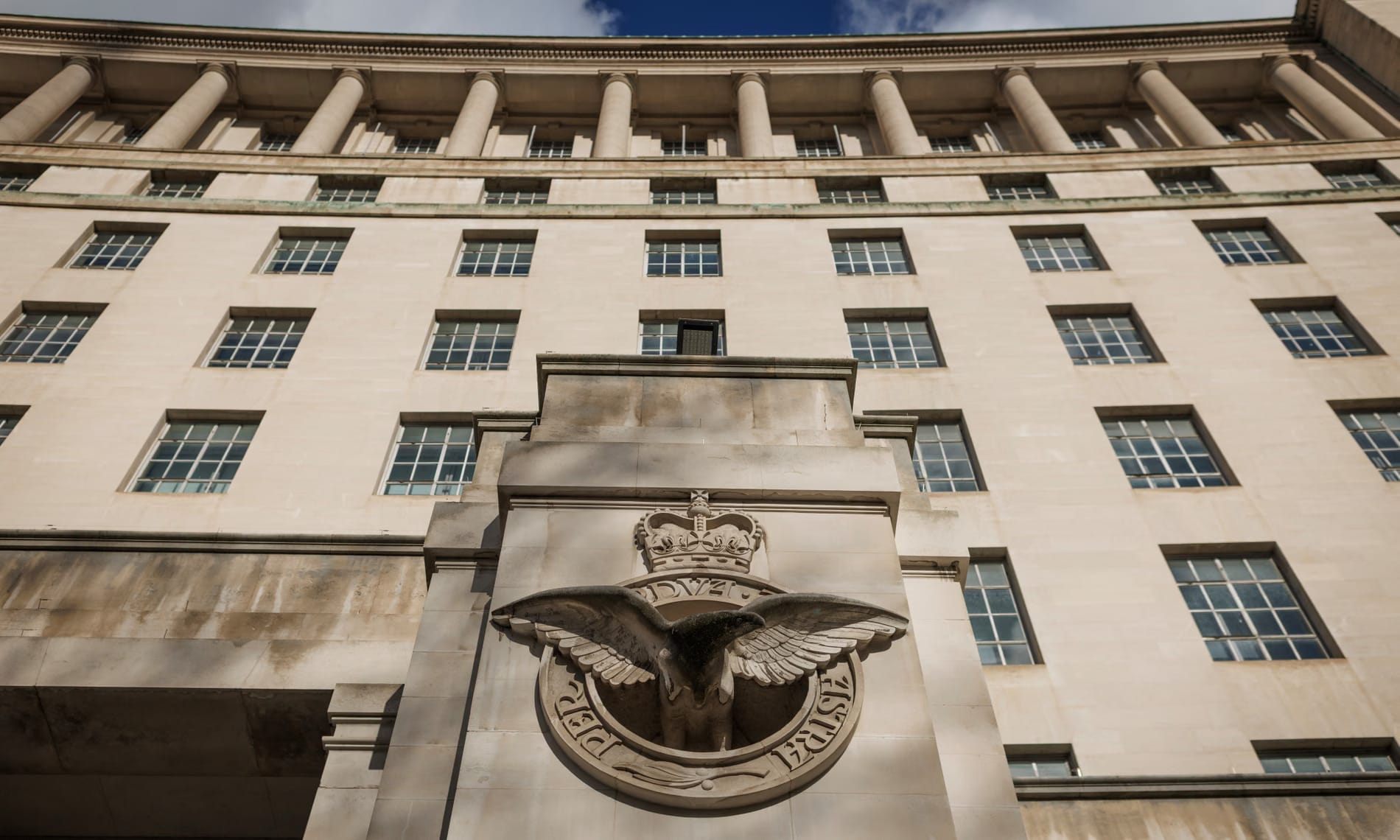
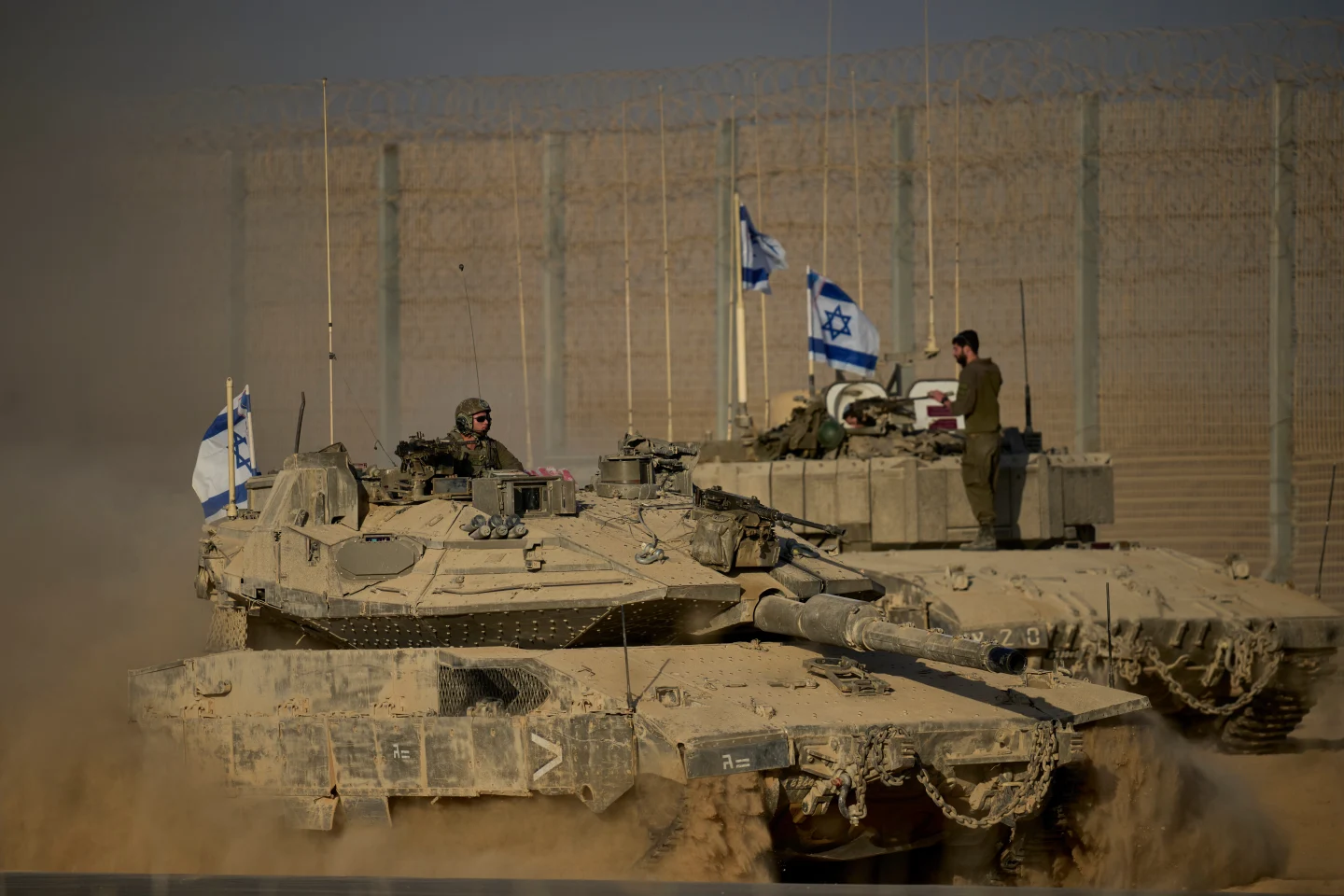
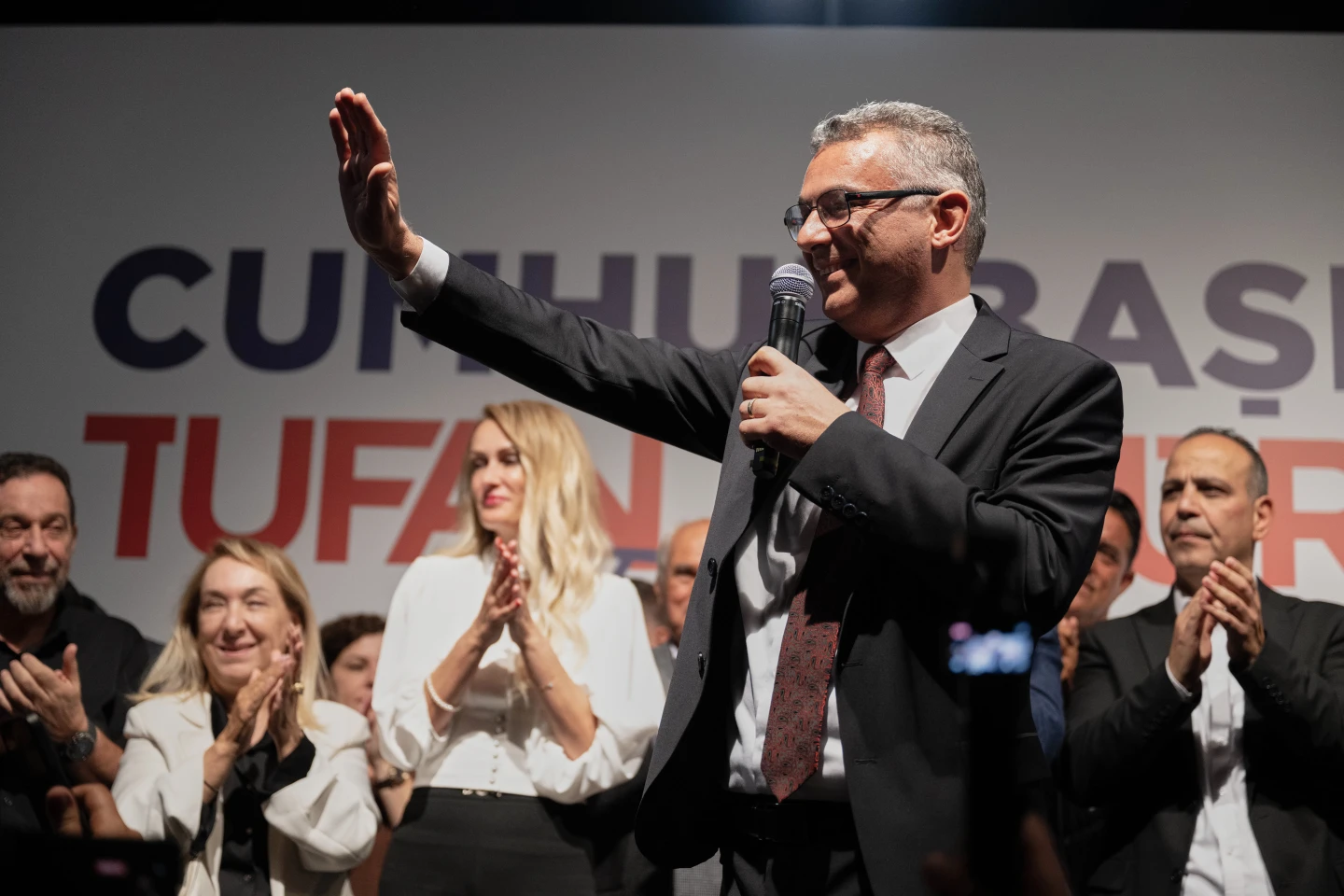
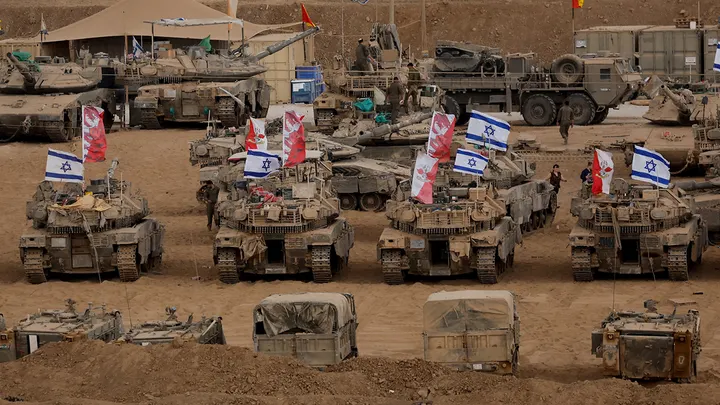
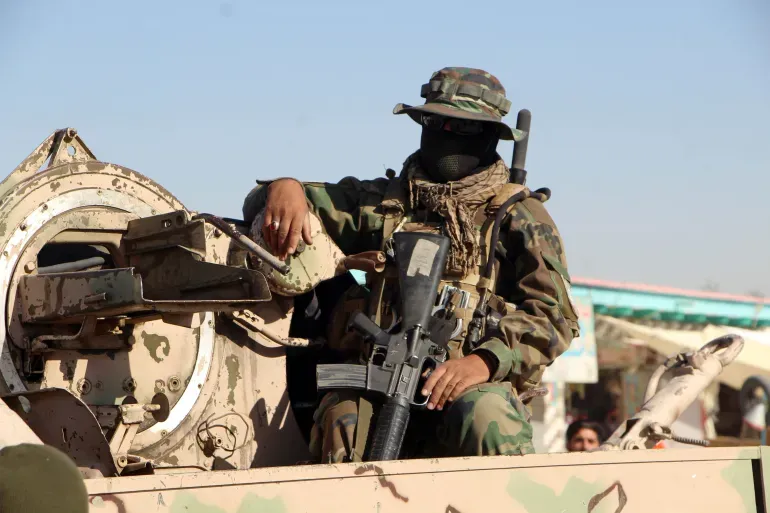
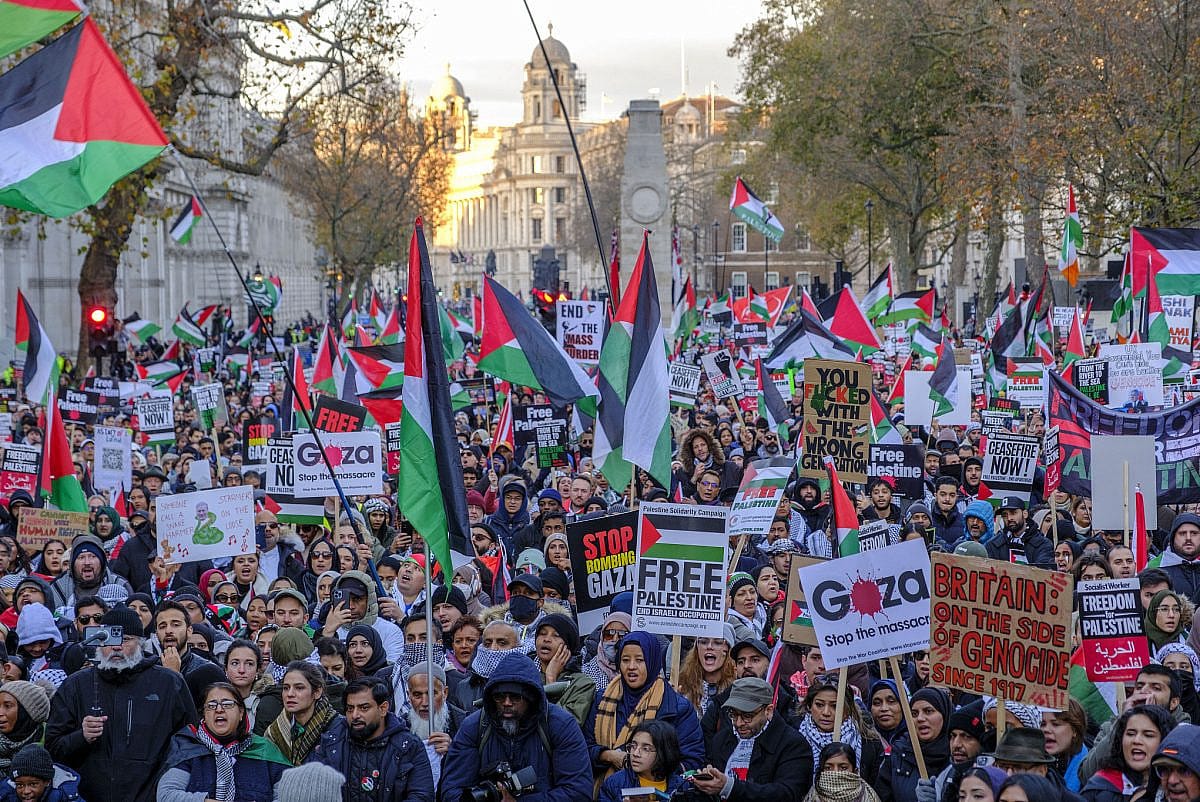
Discussion